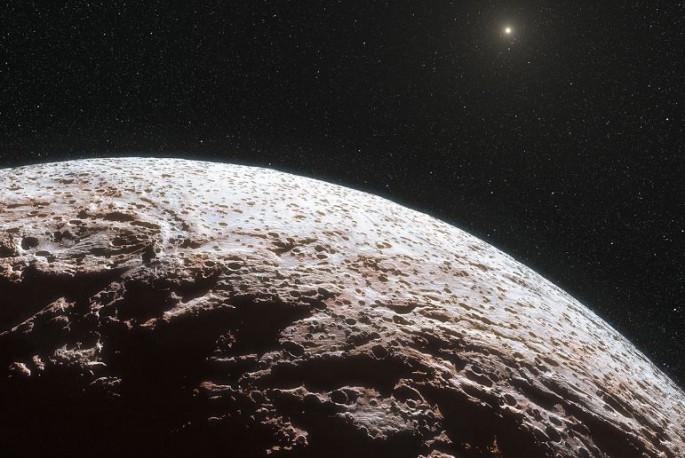A Trans-Neptunian Object (TNO), probably a dwarf planet that was given the Chinese name "Niku," is confounding astronomers by its weird antics that suggest more mysterious anomalies might exist beyond Neptune in the Kuiper Belt.
Already, the news of Niku is being correlated with Planet Nine, the hypothetical large planet in the far outer Solar System whose gravitational effect might explain the improbable orbital configuration of a group of TNOs that orbit mostly beyond the Kuiper Belt.
Niku, however, has gotten the attention of scientists because of the way it acts. Niku, the Chinese word for rebellious, orbits in a plane tilted 110 degrees to the plane of the solar system. It's currently above the plane of the solar system and is moving upwards with every day.
More surprisingly, the TNO orbits the sun backwards. Further analysis, however, seems to indicate Niku isn't alone and appears to be part of another group orbiting in a highly inclined plane.
The latter anomaly is all the more astonishing since angular momentum compels planets and other bodies in the solar system to have one spin direction all the same way. What this odd orbit means is this TNO must have been knocked off course by something. Niku is also 160,000 times fainter than Neptune, which indicates its diameter might be in the region of 200 kilometers.
"It suggests that there's more going on in the outer solar system than we're fully aware of," said Matthew Holman at the Harvard-Smithsonian Center for Astrophysics.
Holman was part of the team that discovered Niku using the Panoramic Survey Telescope and Rapid Response System 1 Survey (Pan-STARRS 1) on Haleakala, Maui.
Konstantin Batygin at the California Institute of Technology noted that whenever scientists see some feature that they can't explain in the outer solar system, "it's immensely exciting because it's in some sense foreshadowing a new development."
Batygin was one of two astronomers who earlier this year announced another highly inclined group of objects that suggests the existence Planet Nine, a large world perhaps 10 times more massive than the Earth.
"As they say in the paper, what they have right now is a hint," said Batygin. "If this hint develops into a complete story that would be fantastic."
Michele Bannister, an astronomer at Queens University, Belfast, said it's wonderful that it's so confusing.
"I'm looking forward to seeing what the theoretical analysts do once they get their hands on this one.," she pointed out.



























